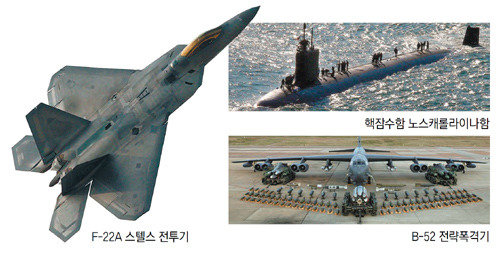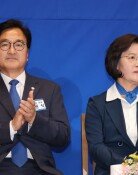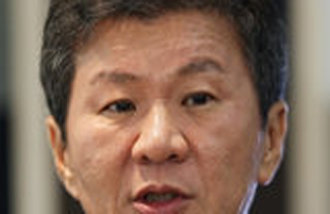U.S. sends F-22 fighters jets to S. Korea for muscle-flexing against N. Korea
U.S. sends F-22 fighters jets to S. Korea for muscle-flexing against N. Korea
Posted February. 17, 2016 07:20,
Updated February. 17, 2016 07:34

According to the South Korean military, four F-22A fighter jets will arrive at the U.S. airbase in Osan, Gyeonggi Province on Wednesday, escorted by South Korean Air Force fighters. A South Korean military official said the deployment of the F-22A is a "strong warning message" against the North's additional provocations following its latest nuclear test and missile launch.
Capable of flying at the maximum speed of Mach 2.5, the F-22A can arrive in Pyongyang just one hour after taking off from the Kadena Air Base in Okinawa, Japan. The jet's radar reflections are minimal, making it virtually invisible to radar. Even if an F-22A fires a missile at a close distance, an enemy aircraft will remain vulnerable.
The F-22A is the only existing fighter jet that is capable of supercruising, or sustaining supersonic flight without using afterburners. Equipped with state-of-the-art electronic navigation warfare devices, the aircraft can locate and identify enemies up to 250 kilometers away to launch surgical bombing, meaning that it can fly deep into North Korea to eliminate nuclear and missile facilities and key command posts.
A South Korean military official noted that the U.S. will also send its B-2 stealth bombers and nuclear-powered submarines to South Korea-U.S. joint military exercises such as the annual Key Resolve and the Foal Eagle scheduled for March and April. The B-2 bombers carry 16 cruise missiles with nuclear warheads. A U.S. carrier strike group, which consists of some 10 vessels including nuclear-powered submarines and Aegis-class destroyers, exceeds an ordinary country's total military might. Their deployment to Seoul indicates Washington's determination to mobilize all of its deterrence forces against Pyongyang to discourage the regime from making additional provocations.
In particular, the U.S. plans to focus on conducting drills for quickly deploying U.S. reinforcement troops in the event of the North's full-fledged provocation. How fast U.S. troops scattered around the world in the early stages of a war can determine victory or defeat. In addition, the size of U.S. troops to participate in the exercises will be the largest ever. Some 8,600 U.S. troops participated in last year's Key Resolve exercise. An additional 6,000 U.S. troops will reportedly join this year's exercise.







